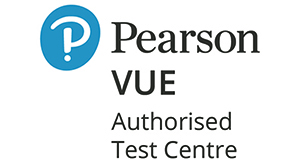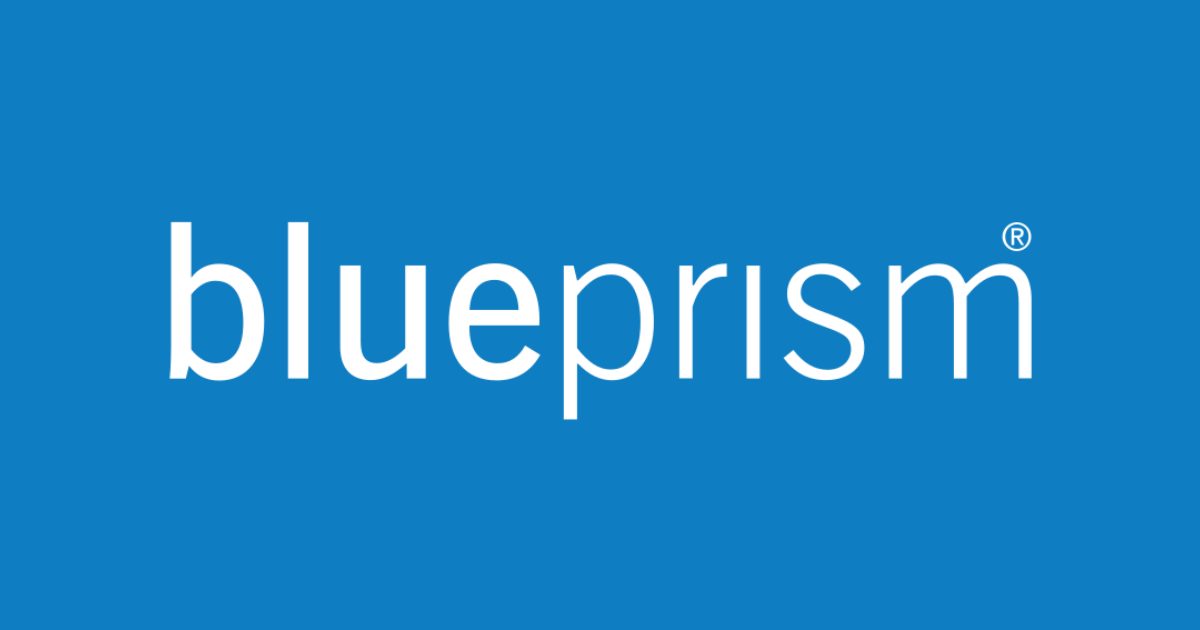Among the many cyber-attacks, one of the most prominent is cyber-security web jacking. Different types of cyber attacks can compromise the integrity of your systems, networks, or applications. It is, therefore, essential to remain vigilant and be aware of as many threats as possible.
Nowadays, terms such as cybercrime and cybersecurity are gaining popularity. Cyber attacks are so frequent that both individuals and organisations are at risk of falling victim to them.
What is Web Jacking?
But, when attackers illegally gain control of an organisation or individual’s website, it is called Web Jacking. Hackers implant a fake website which, when opened, takes you to another fraudulent website from which the attackers are trying to extract sensitive information. This sensitive data can range from simple account passwords to credit card details.
Millions still need to understand the importance of cyber security and web threats like jacking. Your web security must be a priority. That’s why it’s essential to know how Web Jacking works and how to prevent it.
Understanding how Web Jacking works
Web Hacking is a phishing attack that aims to extract sensitive data from users. It follows a basic pattern, starting with creating a fake website and ending with freesing it to steal users’ login information. The steps commonly taken by attackers in Web Jacking are described below.
- a) Domain Name System (DNS) compromise:First, the hacker creates a fake website using the same domain name as the domain name of the targeted web application.
- b) Hosting:The second step is to host it on a computer or shared hosting.
(c) Sending the link: In this step, the hacker sends the link to the fake website to the victim. The success of the hacker’s mission depends entirely on whether the victim believes it.
- d) Data entry:If the victim clicks the link, it redirects to the malicious website. As the victim enters sensitive information, such as his login details or credit card information, the hacker gets all of it. The attacker can use this newly obtained data for nefarious purposes.
How do I launch a Web Jacking attack?
There are seven steps to launch a Web Jacking attack:
- a) The first step to applying the Web Jacking method is to use the Kali Linux “toolkit.”
- b) Then open the Kali Linux system and a terminal window.
- c) Type toolkit into the terminal.
- d) This will open the way for different attack methods. From the list provided, select the attack option social engineering attack.
- e) To select the desired social engineering attack, enter 1. It will allow you to choose from many attack-type options. If you enter 2, a list of the types you can use to attack the website is displayed as you need to vector it.
The steps above will help you to create a fake website (the same as the victim’s website page) and host it on your computer.
- f) The next step is to copy the link to the fake website and send it to the victim. Ensure that the connection is changed to the domain name if this was available as the IP address of your local computer.
- g) To convert, open the link, enter your computer’s ID address, and wait for the link creation. When it is ready, please send it to the victim and wait for them to enter their details.
When the victim opens the link, a message will appear in their browser – www.xyz.com has moved to another address; click here to go to the new location – asking them to go to a new page when the victim is redirected to the fake website.
Web threats to cyber security organisations
The lethality of a cyber victim can vary depending on the severity of the attack and the group targeted by the hackers. When targeting organisations, hackers want to obtain essential data that may open the way to more sensitive information or money. In addition to knowledge about cyber-attacks, it is also necessary to understand the consequences of web fraud.
The consequences of web hacking in organisations
Web hacking can affect an organisation in a variety of ways. If an employee’s login details are leaked, the hacker can access all files on that person’s system that may contain sensitive company data. If an organisation suffers this cyber-attack, it could suffer a significant financial loss. The loss of funds can lead to the loss of business partners, a gradual loss of market share, and reputational damage.
How can I protect myself from Web Jacking?
If something unfamiliar appears on your system, it’s imperative to be careful. You can never predict when Web Jacking might hit you. It points to the urgency of keeping some tips that can save you cyber-safe.
- a) The first tip to remember is to avoid clicking on suspicious links that come to you in emails or messages.
- b) Always check the legitimacy of a link by pasting it in the URL address bar. Your first clue to a fraudulent link might be the difference between the URL and the intended website.
- c) Use browsers with anti-phishing detectors.
- d) If the links include the names of companies or institutions, check their original spelling.
- e) Another tip to remember is that if you come across a rogue website requesting your details, do not provide your original credentials. Instead, enter a fake username and password. This way, you will protect your information and be able to confirm the legitimacy of the website.
Conclusion
Web Hacking is just one of the many cyber threats we see today. As it is challenging to keep track of all of them, understanding them individually is one step in the right direction. We hope this blog has helped you get familiar with Web Jacking in cyber security.
Logitrain is committed to helping improve your understanding of virtual risks and the different ways to manage and prevent them. Sign up for our Cybersecurity Risk Management course now!





































































